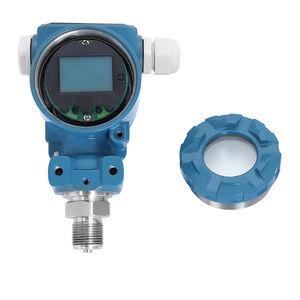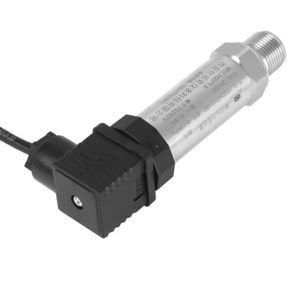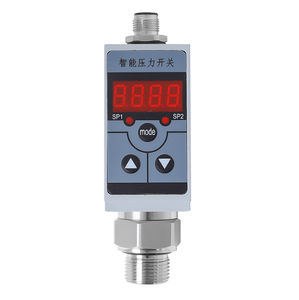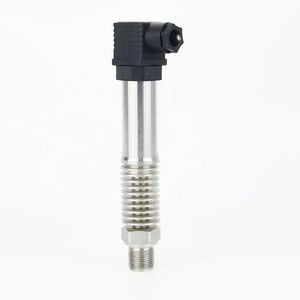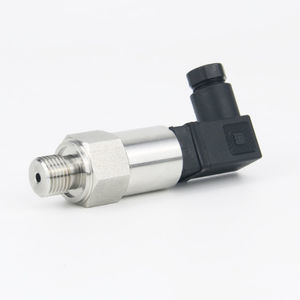
- Detection - Measurement
- Flow, Pressure and Level Measurements
- Absolute pressure transmitter
- Xi'an Yunyi Instrument Co., Ltd.

- Company
- Products
- Catalogs
- News & Trends
- Exhibitions
Absolute pressure transmitter YUNYI YD41 ceramic4-20 mA0-10 V
Add to favorites
Compare this product
Characteristics
- Pressure type
- absolute
- Technology
- ceramic
- Output
- 4-20 mA, 0-10 V, 0-5 V, 2-wire, 3-wire
- Mounting
- threaded
- Material
- stainless steel, brass
- Protection level
- waterproof, IP66
- Applications
- for refrigeration circuits
- Other characteristics
- precision, CE, RoHS
- Pressure range
Min.: -1 bar
(-14.5 psi)Max.: 50 bar
(725.19 psi)- Precision
1 %
- Long-term stability
0.2 %
- Process temperature
Min.: -40 °C
(-40 °F)Max.: 105 °C
(221 °F)
Description
YD41 pressure transmitter adopts ceramic capacitor core, which is an ideal choice for refrigerantpressuremeasurement occasions. The standard 0.5-4.5V output signal, has the advantages of wide operatingtemperaturehigh precision, high waterproof level, a nd a nti- condensation water. lt is suitable for the pressuremeasurement ofmost common refrigerants, and also has a high burst pressure.
4>Pressure port:7/16-20UNF Internal thread / 7/16-20UNF External threadpair side
Feature:
●Absolute/sealed gauge pressure optional
●Burst pressure up to 300%
●High accuracy at working temperature
●Anti-condensation
●Fullysealed, IP66 protection
●Built-in Schrader Deflator for easy installation and disassembly
●-35℃-105℃ wide working temperature scope
●Long time working at low temperate
●Superior long term stability
●Excellent repeatability/hysteresis
●EMI/RFl rejection
●Over voltage,reverse polarity and short circuit protection
Application:
●Multi-line pipeline pressure
●Pipeline pressure of air-conditioning refrigeration units
●Air source heat pump
●Internal pressure of compressor inlet/outlet piping
●Building control
Catalogs
Other Xi'an Yunyi Instrument Co., Ltd. products
Pressure Transmitter
Related Searches
- Flowmeter
- Volume flowmeter
- Liquid flowmeter
- Pressure transmitter
- Pressure gauge
- Level probe
- Analog pressure transmitter
- Liquid level probe
- Gas flowmeter
- Stainless steel flowmeter
- Calibration system
- Analog pressure indicator
- Waterproof flowmeter
- Pressure switch
- Industrial flowmeter
- Waterproof pressure transmitter
- Stainless steel pressure transmitter
- Membrane pressure transmitter
- Relative pressure transmitter
- Analog level probe
*Prices are pre-tax. They exclude delivery charges and customs duties and do not include additional charges for installation or activation options. Prices are indicative only and may vary by country, with changes to the cost of raw materials and exchange rates.



